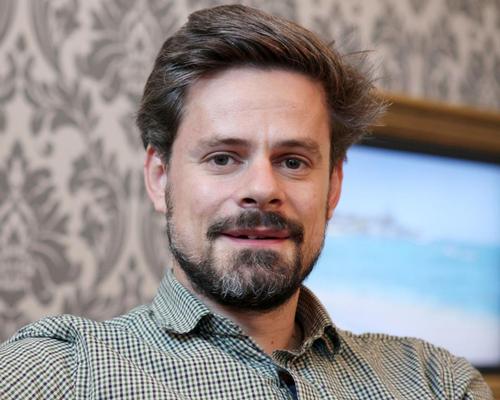21 Apr 2016
Exclusive: New technologies driving digital culture says Google Cultural Institute's James Davis
BY Tom Anstey

James Davis, program manager of the Google Cultural Institute, has revealed how Google’s technological advances will benefit the future of the arts and culture sectors, with digital opening up a new pathway for the consumer.
Davis, who joined Google in June 2011 after spending seven years at Tate Online and Tate Britain, told Attractions Management that what we are seeing now from Google is just the start and that as accessibility increases, so will interest in arts and culture.
“I think digital culture is heading to much bigger audiences,” said Davis. “One of the real compelling reasons to have digital cultural experiences is that if you’re interested in something the other side of the world, that might be an obstacle for you going to see it. However if it’s available directly from your pocket, then it’s extremely accessible to you.
“We are absolutely convinced that the global audience for culture will increase because of people having access to cultural organisations all around the world and as a result I think and hope that physical attendance will increase,” he continued. “It’s something we’ve begun to see anecdotally. If you get a larger audience interested in this topic – for example introducing people to a particular museum for the very first time – some of them are going to go to that museum when they weren’t beforehand because they hadn’t heard of it. That’s the direction that the Google Cultural Institute is going.”
In the five years since Google create its Cultural Institute in 2011, the project has gone from strength-to-strength. The project now has more than 1,000 cultural partners from 60 countries, and has several-thousand exhibits and millions of artefacts digitised in its public archive. 675,000 people have created galleries on the platform, telling their own stories and curating their own exhibitions, while the project has a large and critically engaged social following.
“I think Google has created a new way into art and culture for consumers and audiences,” said Davis. “We hope to develop best standards in the field. We know what we’re doing with technology so we hope to be able to create standards that become more shareable with the community. The aim is that the art and culture sector will be able to benefit from our investments in experimentation and iteration over the last few years.”
Davis added that Google sees its cultural platform as an add-on rather than a replacement, with the hope that its service encourages people to actually visit museums and galleries.
“We don’t want to change the nature of how cultural experiences occur because we’re not cultural experts and that’s not our job,” he said. “We want to add a digital component to them rather than take away from the experience, hopefully driving people to seek out culture in more physical forms.”
As it continues to add to its archive and team with more and more institutions around the world, the Institute is also trying to stay on the cutting edge, creating innovation for the sector as it operates, using tools like its own various Google platforms, as well as its physical Culture Lab in Paris to develop a new way of thinking and to drive forward a new approach to art and culture using future technologies.
“We have a continuing iteration process so some of the work that we’ve been doing with our mobile app, we’re going into more experimentation with machine learning,” said Davis. “Using our powerful algorithms applied to cultural artefacts, we’re trying to see how we can provide access to them, how we can encourage serendipitous encounters and what useful ways that might be integrated with other experiences through platforms like Google Now and Google Search.
“The second thing we’re looking at is virtual reality. We’re very proud that Google Cardboard came from our Culture Lab. I led a project last year with performing arts organisations applying the technology we developed and allowing you to get on stage during a performance and look around in 360 degree vision. We’re really intrigued about the possibilities of VR and 360 video, those are the two big areas for us coming next.”
Close Window